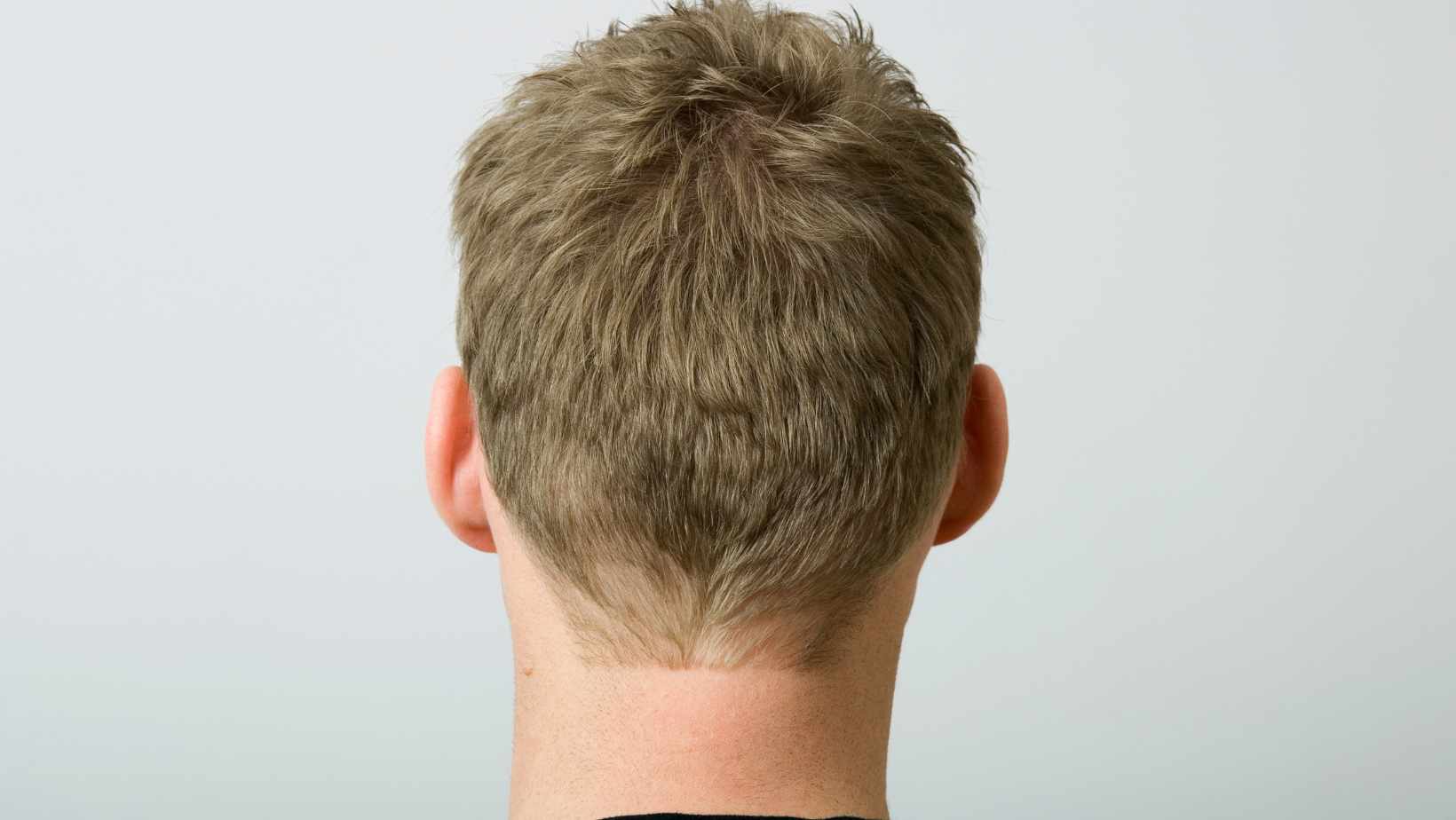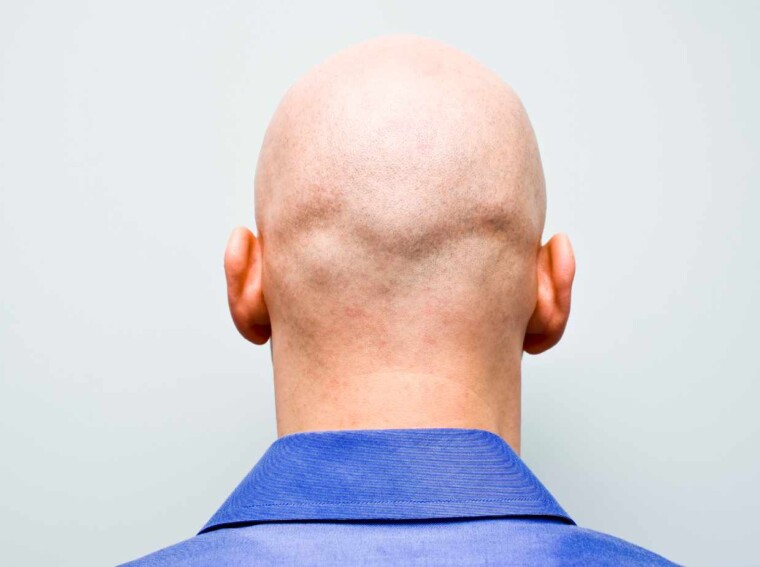Ever found yourself wondering, “Is it normal to have a dent in the back of my head?” You’re not alone. Many people discover irregularities in their skull shape and become concerned. Let’s dive into this topic and ease your worries.
First off, let me assure you that it’s completely normal to have some variations in the shape of your skull. No two skulls are identical, much like fingerprints, and minor dents or bumps are usually just part of your unique anatomy. It’s these small differences that make each one of us unique.
However, if you’ve noticed a new dent or change in the structure of your skull that wasn’t there before, it might be worth getting checked out by a healthcare professional. It could be nothing to worry about, but sometimes such changes can indicate underlying health issues. So while most skull irregularities are harmless, it’s always best to err on the side of caution when something new crops up.
Is it Normal to Have a Dent in The Back of Your Head
Wondering about that indent you’ve just noticed at the back of your skull? Don’t worry, I’m here to help you understand whether it’s something normal or not.
Identifying Normal Variations in Skull Shape
It’s important to know our skulls aren’t perfectly round. They’re indeed littered with bumps, ridges, and yes – even dents! These variations are often due to natural bone growth and should not cause concern. For instance, the external occipital protuberance – that’s a prominent bump you can feel at the back of your head – is completely normal. However, an actual dent or deep pit is less common.
Causes and Implications of Dents in the Back of Your Head
Several factors might lead to a dent forming on the backside of your skull. It could be as simple as how you were positioned in your mother’s womb or even how your head was shaped during childbirth (both totally normal!). Other causes include injury or trauma, pressure from tight headwear like helmets or headphones, certain medical conditions such as osteoporosis which weakens bone structure, or even surgeries involving skull reshaping.
Remember though – while most cases are benign, some instances may signal underlying health concerns like Gorham’s disease which involves abnormal bone loss.
Determining When to Seek Medical Attention for Skull Abnormalities
A new-found dent on your noggin shouldn’t immediately send you into panic mode. But there are times when it warrants attention from a healthcare professional:
- If there’s accompanying pain
- Sudden changes in vision
- Difficulty balancing
- Mental confusion
- Seizures
- Sudden onset headaches
These could indicate an issue requiring urgent medical intervention such as brain trauma or tumors.
In conclusion (minus the comma), understanding what constitutes “normal” when it comes to skull shape can help you discern if a dent in your head is cause for concern or just another natural variation. When in doubt, always consult with a healthcare professional.

The Role of Imaging Tests in Diagnosing Skull Deformities
Let’s dive into the wonderful world of medical imaging. It’s a crucial tool when it comes to diagnosing deformities in the skull, like that dent you might’ve noticed at the back of your head.
When I say “imaging tests”, I’m talking about procedures like X-rays, CT scans, and MRI scans. They create detailed pictures of structures inside your body – a sort of roadmap for doctors to follow. With these images, healthcare professionals can spot any abnormalities or changes in your skull structure.
Why are imaging tests so important? Well, they provide an in-depth look that can’t be achieved with just a physical examination. A doctor could feel around your head all day but without an imaging test, they won’t see what’s really going on beneath the surface.
These tests are also non-invasive – meaning there’s no need for incisions or surgery to get a look at your skull. And let’s face it: nobody likes the thought of scalpels and stitches unless absolutely necessary!
Now onto some specifics:
- X-rays: These are often the first step because they’re quick and readily available. However, their detail is limited compared to other types of imaging.
- CT scans: More detailed than X-ray images and great for showing bone structures.
- MRI scans: Providing even more detail than CT scans, MRIs are excellent at showing soft tissues — including the brain.
Here’s a handy table summarizing each type:
| Imaging Test | Detail Level | Best For |
| X-ray | Low | Initial Assessment |
| CT Scan | Medium-High | Bone Structures |
| MRI Scan | High | Soft Tissues |
So if you’ve got a dent in your head and you’re worried about it — don’t panic! With modern imaging tests, your doctor can get a clear picture of what’s going on and decide the best course of action. Remember: it’s always better to be safe than sorry when it comes to your health!

